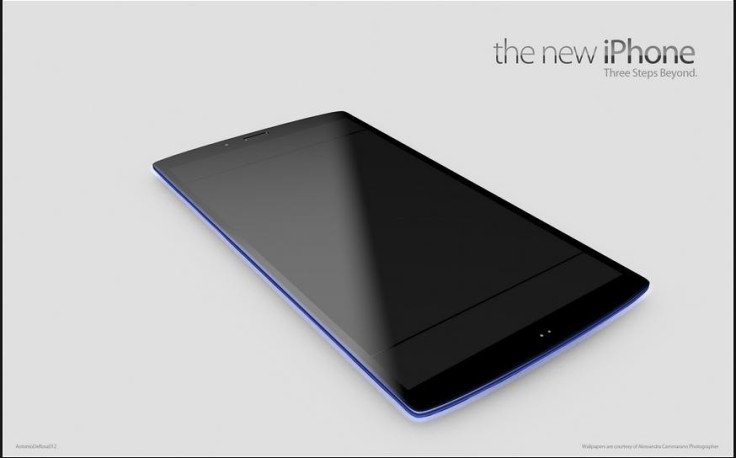iPhone 5 Release: New Tech Makes It the Thinnest

Apple fans could expect the thinnest iPhone with the adoption of new in-cell technology. A new analysis claims that the technology could reduce the thickness of the next-generation iPhone by 0.44mm.
According to recent rumours, the next smartphone will make use of in-celltouch panels in order to reduce the weight and thickness of the device. According to Apple Insider, KGI Securities analyst Ming-Chi Kuo has issued a report agreeing with the earlier rumours, and switch to in-cell could result in thickness saving of as much as 0.44mm of the next iPhone. The new design will incorporate the touch sensor within the TFT LCD and take away the separate touch sensor layer as well as one layer of adhesive.
Currently, the iPhone 4S is layered like a sandwich claims Wired. The bottom layer has a back light and above that is the LCD section. In addition, above the LCD section is a layer of glass. On top of the glass layer, the device boasts of a capacitive touch layer which is then topped by Gorilla glass. The liquid crystal portion is separated from the touch portion by the middle layer of glass. In-cell technology removes the middle layer of glass and combines the LCD and touch sections into a single layer.
According to Kuo, Apple aims to break the 8mm mark in its next smartphone which could have an edge over other competitors in the smartphone market.
The thinner battery and switch to rumoured liquid metal instead of traditional glass could reduce the thickness of the smartphones by 0.96mm.
Kuo believes that by undergoing all the changes the depth of the next iPhone will be 7.90mm. The analyst claims that in-cell technology would result in more efficient supply management and improved production yield. In-cell technology could eventually reduce production costs by an estimated 10 to 20 per cent. It is reported that Apple would be sourcing the in-cell touch panels from Toshiba Mobile Display, Sharp and LG Display.
Kuo believes that Apple's next iPhone will be released in the third quarter of 2012. iPhone 4S was launched in October. So it makes sense to expect the next iPhone sometime in October. The iPhone 5 is expected to feature 4G LTE connectivity, A5X chip, 3D technology, wireless charging and smaller dock connector. Liquid metal technology is on the cards.
The thinnest iPhone 5 could deal a killer blow to other smartphones in the market. The HTC One S measures 8mm in thickness. The Huawei Ascend P1 S measures 6.68mm and the Motorola Droid Razr 7.1mm.
MUST READ: Apple 17in MacBook Pro to be Dropped
Samsung Officially Confirms 1.4GHz Exynos 4 Quad-Core Processor For Galaxy S3
© Copyright IBTimes 2024. All rights reserved.





